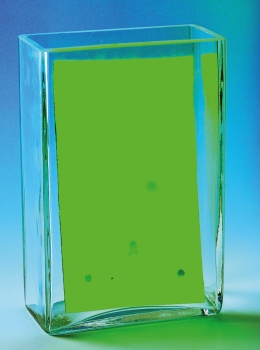setTimeout(function(){
window.print();
},500)

Technical data Chromatographic separation processes: thin layer chromatography (TLC)Article no: P3120400  Principle Chromatographic separation processes are very important for analytical chemistry. Their relatively simple technique and the possibility to separate even the smallest portions of mixtures explain the rapid development of these processes. There are numerous variations of this method. As a result, the optimum chromatographic separation method can be found for nearly every separation task. The method that is described here can be used to demonstrate the fundamental principles and possibilities of this method with relatively simple means. Benefits
Tasks Separate a dye mixture by thin-layer chromatography. Learning objectives
Scope of delivery
| |||||||||||||||||||||||||||||||||||||||||||||||||||
PHYWE Systeme GmbH & Co. KG
Robert-Bosch-Breite 10 – 37079 Göttingen – Germany
www.phywe.com
Robert-Bosch-Breite 10 – 37079 Göttingen – Germany
www.phywe.com

